From Advanced Elements:
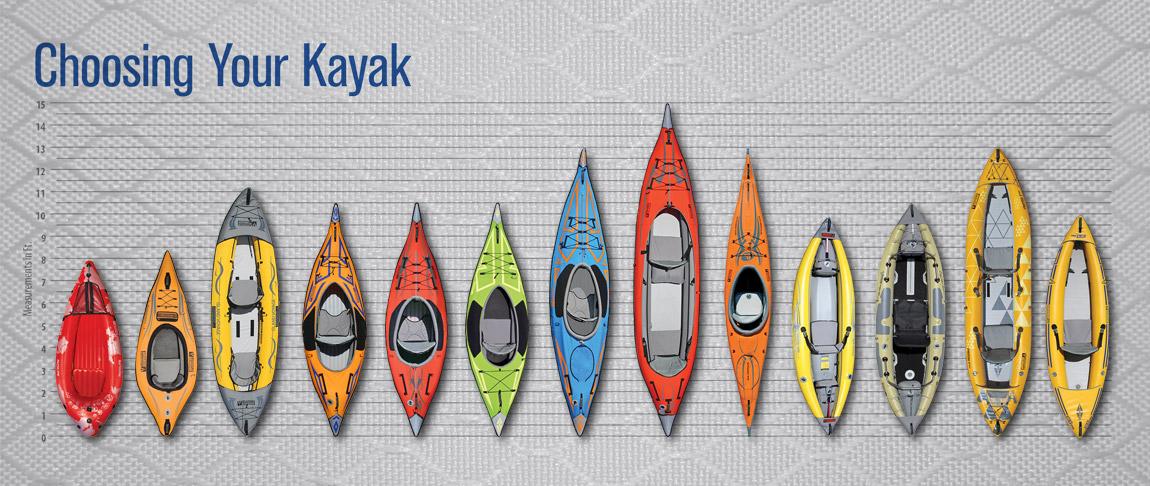
Just as there are many ways to use kayaks, there are many choices of boats. How do you
know which kayak is best for you? When you’re trying to decide on a kayak, focus on a few key ideas:
Where do you want to paddle? Is it a lake, the seacoast, a river, a little bit of all waterways? This will help you start to narrow your choices.
Sit-in or sit-on-top? Do you prefer the protection of a traditional sit-in, or the openness of a sit-on-top? If you’re open to either one, that’s fine, too.
Kayak weight and your budget: Materials, which directly impact the boat’s price, are the biggest factor in the weight and durability of your boat.
Shape and size considerations: These affect handling and cargo space. It should also be noted that the longer the kayak, the faster it is in the water and the better it holds a straight line (known as tracking).
Where Will You Use Your Kayak?
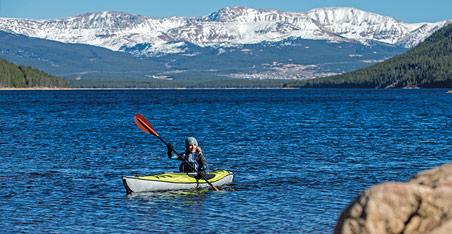
Our kayaks aren’t necessarily categorized by water type, but it’s still helpful to start here and think about which environment you plan to explore before you choose your kayak.
Lakes: We’re talking the local lake here, not Lake Superior. If the weather is fair and the destination is near, you can go with any recreational kayak or sit-on-top crossover kayak and have fun. If whitecaps appear, then a purely recreational kayak can get overmatched.
Coasts: This is where wind, waves, currents, tides and more all come into play. So, having a sit-in touring kayak with a fixed tracking fin, a skeg, or rudder is wise. If you live in a warm environment where you don’t mind going for a swim, or you plan to do some kayak surfing, a sit-on-top can still be a fine choice.
Rivers: If you’re floating on a river (Class 1-2), you want a stable, sturdy craft that turns quickly. That might be a short, stable recreational sit-in or sit-on-top kayak or day touring sit-in kayak. If you’re paddling faster waters with more technical rapids (Class 3+) then you’ll want a sit-on-top designed specifically for whitewater.
Rivers and lakes: If you plan to use your boat in both flowing and still waters, go with a shorter recreational sit-in that can be skirted or a sit-on-top crossover kayak. That setup will help you turn responsively on moving water and track efficiently when on flat water.
Types of Kayaks: Sit-on-top Vs. Sit-in Kayaks
Kayaks are classified in many ways, including where you sit in them, how you use them, their structure and whether they are built for a specific purpose. This section should help you narrow down what type of kayak you may like to use.
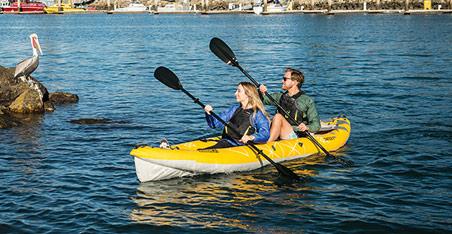
Sit-on-tops are primarily recreational boats for lakes and easy flowing rivers but some are solely designed for whitewater such as our Attack Whitewater series of kayaks. You’ll also see them in warm coastal waters, and a few longer sit-on-tops have enough storage for an overnight trip. If you’d feel too claustrophobic inside a cockpit or you don’t want to learn how to do a “wet exit” if you capsize, you’re a sit-on-topper.
Additional sit-on-top considerations:
- Sit-on-tops are easy to get on (even in deep water) and off of, so they’re good for uses such as a swimming or snorkeling platform.
- They’re comfortable when air and water are warm (you’ll always get wet).
- Scupper holes make them self-draining; no need to pump out water.
- They are more affected by wind than a sit-in kayak.
- For those interested in fishing, our StraitEdge Angler series of sit-on-tops include rod holders or at least the option to add them.
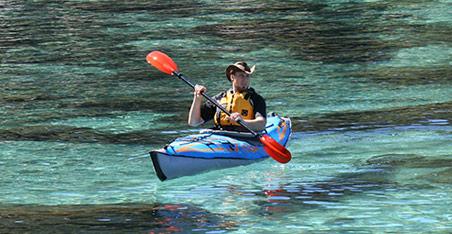
Sit-in kayaks come in recreational boats, day touring, and expedition touring models. They move fast, have great tracking (the ability to hold a straight line), and have covered cargo compartments, so they’re good for paddling to a destination.
Additional sit-in considerations:
- They’re comfortable when air and water are cool.
- You can add a spray skirt to most, but a bilge pump is needed if you get fully swamped.
- They’re more efficient to paddle than a sit-on-top and are much less affected by wind.
KAYAK CATEGORIES
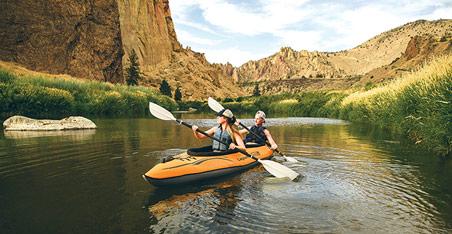
Recreational kayaks: Affordable, stable, easy to get in and out of, and simple to turn. They’re for flatwater fun or meandering rivers, not for longer trips, waves or rapids. Storage is typically limited to stash spots for a few essentials.
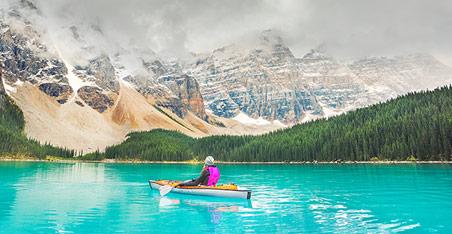
Day touring kayaks (sit-ins): These versatile boats are sleeker and more efficient to move than recreational boats. Day touring kayaks also track straighter and give you more control in rough water than recreational boats.
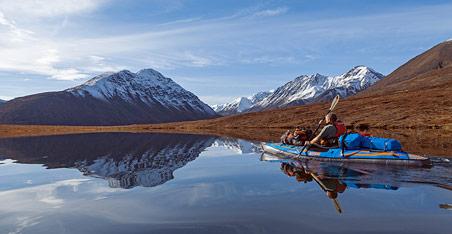
Expedition touring kayaks (sit-ins): These long, robust touring boats are super-efficient over long distances. They track well and handle wind and currents. You’ll typically find ample cargo space in this category. Also to note, the longer the boat, the faster it is and the better it tracks.

Crossover kayaks (sit-ons): As mentioned earlier, sit-on-tops are great if you want a boat that can paddle well on both flat water and whitewater. If you’d feel too claustrophobic inside a cockpit, like to swim from your kayak, or paddle whitewater more frequently than flat water, this is a great choice.
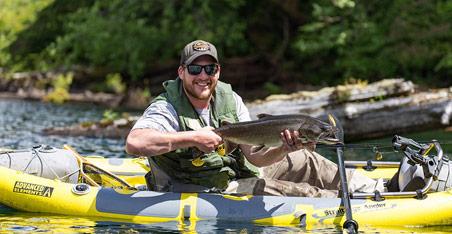
Angling kayaks (sit-ons): Sit-on-tops that are primarily focused on fishing from your kayak. They have a large assortment of features specifically designed towards fishing and can be rigged with a number of after-market accessories to suit individual angler’s needs.
We hope that this guide has helped you narrow down what type of paddler you are and what type of kayak will best suit your needs!

